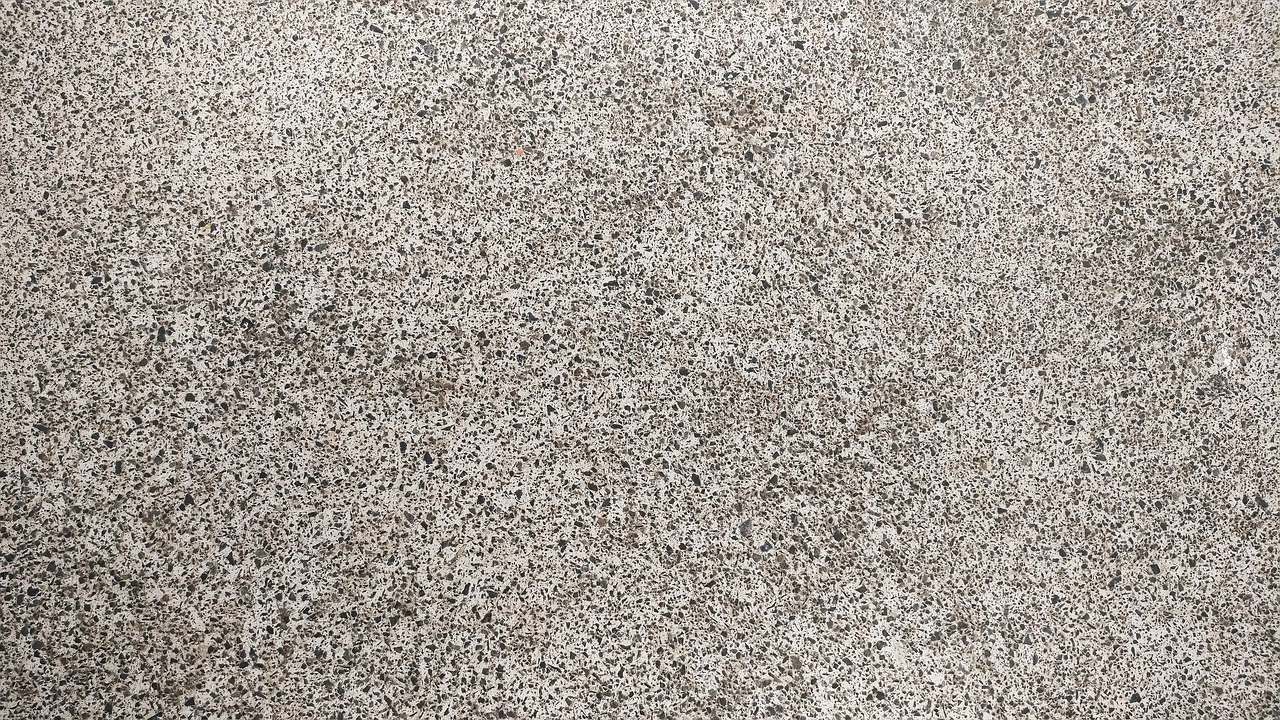
Do you want to know some tips for treating concrete?
Concrete is an essential material in construction, known for its durability and versatility. Proper treatment is vital to enhance its performance and longevity. This blog covers key tips and techniques for effectively treating concrete, ensuring it meets the required standards for strength, durability, and appearance.
.jpg)
1. Importance of Curing Concrete
Curing is a critical step in concrete treatment, affecting its strength and durability. Proper curing ensures that concrete retains moisture and maintains an optimal temperature during the early stages of its setting process.
Tips for Effective Curing concrete:
- Maintain Moisture: Use water, wet burlap, or curing compounds to keep the concrete surface moist.
- Control Temperature: Ensure the concrete is kept within an ideal temperature range (50°F to 85°F) to prevent premature drying or freezing.
- Curing Duration: Aim for a curing period of at least 7 days, extending up to 28 days for maximum strength and durability.
2. Surface Preparation Techniques
Preparing the concrete surface is essential for successful treatment, ensuring proper adhesion of coatings, sealants, and repairs.
Steps for Surface Preparation:
- Cleaning: Remove any dirt, grease, or debris using appropriate cleaning methods such as pressure washing or chemical cleaners.
- Repairing: Fill cracks and holes with suitable concrete repair materials to create a smooth, uniform surface.
- Surface Profiling: Use mechanical methods like grinding or sandblasting to roughen the surface for better adhesion of subsequent treatments.
3. Applying Sealants and Coatings
Sealants and coatings protect concrete from moisture, chemicals, and wear, enhancing its durability and appearance.
Types of Sealants and Coatings:
- Penetrating Sealants: These sealants absorb into the concrete, providing protection from within and are ideal for outdoor surfaces.
- Film-Forming Sealants: These create a protective layer on the surface, suitable for decorative concrete applications.
- Epoxy and Polyurethane Coatings: These provide a durable, high-performance finish, ideal for industrial and commercial floors.
Application Tips:
- Surface Preparation: Ensure the surface is clean, dry, and free of contaminants before applying sealants or coatings.
- Application Conditions: Apply sealants and coatings under suitable weather conditions to avoid issues like bubbling or poor adhesion.
- Follow Manufacturer’s Instructions: Adhere to the manufacturer’s guidelines for mixing, application, and curing times.
4. Preventing and Repairing Cracks
Cracks in concrete can compromise its structural integrity and appearance. Prevention and timely repair are crucial for maintaining and treating concrete quality.
Preventive Measures:
Proper Mix Design: Use a well-designed concrete mix to minimize shrinkage and cracking.
Control Joints: Incorporate control joints at regular intervals to manage cracking and allow for controlled movement.
Adequate Curing: Ensure proper curing to prevent premature drying and shrinkage cracks.
Repair Techniques:
- Crack Injection: Use epoxy or polyurethane injection to fill and seal cracks.
- Surface Sealing: Apply surface sealers to prevent water ingress and freeze-thaw damage.
- Overlay Systems: Use concrete overlays to repair and restore damaged surfaces.
5. Enhancing Aesthetic Appeal
Treating concrete to improve its appearance can add significant value to a project, making it suitable for various decorative applications.
Decorative Techniques:
- Staining and Coloring: Use concrete stains and dyes to add color and enhance the visual appeal of concrete surfaces.
- Polishing: Polish concrete to achieve a smooth, reflective finish, ideal for interior floors.
- Texturing and Stamping: Apply textures and patterns to freshly placed concrete for a unique, decorative look.
Maintenance Tips:
- Regular Cleaning: Clean decorative concrete surfaces regularly to maintain their appearance.
- Reapply Sealants: Periodically reapply sealants to protect and preserve decorative finishes.
- Repair Damages Promptly: Address any cracks or damages quickly to prevent further deterioration.

Conclusions about Treating concrete properly
Treating concrete properly is essential for achieving its full potential in terms of strength, durability, and aesthetics. By following these tips for curing, surface preparation, applying sealants and coatings, preventing and repairing cracks, and enhancing aesthetic appeal, you can ensure that your concrete projects meet the highest standards of quality and performance.
For more information on concrete treatment techniques and products, visit our website at Poyatos Concrete Block Machines.

